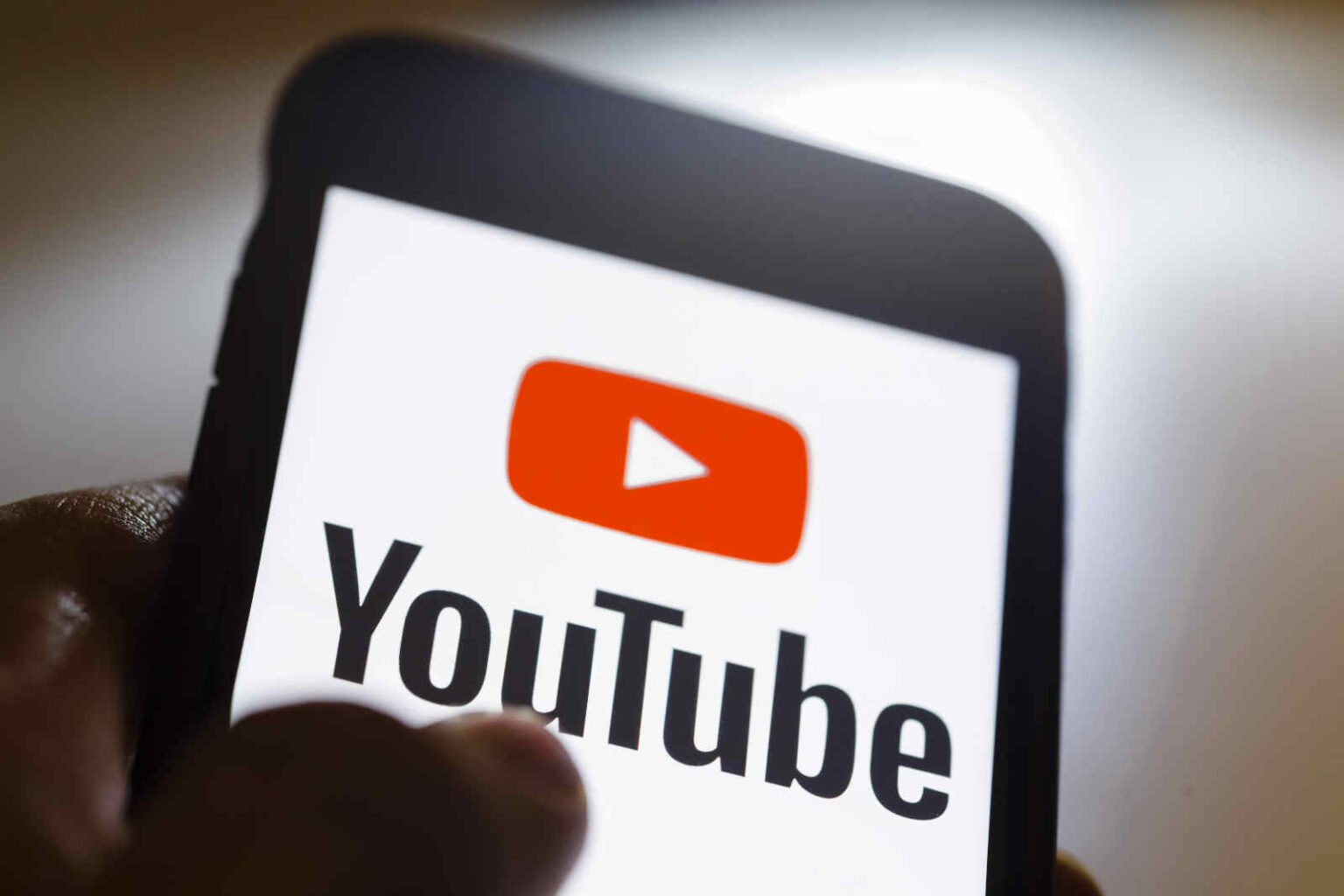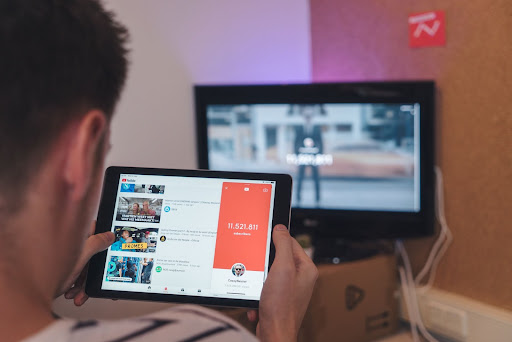
What Is Demonetization on YouTube?
The following article covers what it means to be demonetized on YouTube and explains its specific demonetization rules.

In 2017, YouTube underwent a series of boycotts and withdrawals from advertisers, which was coined the ‘YouTube Adpocalypse.’ At the time, YouTube pinholed selected creators for publishing content that was deemed inappropriate for the platform and, in most cases, caused public outcry. This, in turn, led to advertisers choosing to withdraw their adverts from the platform across the period of 3 years.
Fast forward to today, and YouTube creators are still facing its ongoing effects, and having videos – and in some cases, entire channels – get demonetized is one of the most frustrating of all. But what is demonetization?
Let’s delve into what demonetization means and go through the specific YouTube demonetization rules that have since been punctually updated.
What Does Demonetized Mean on YouTube?
Being demonetized on YouTube means videos or even entire channels lose their ability to earn income from advertising.
YouTube’s process of initially checking a video meets its content guidelines can take between 20 minutes to 1 hour long. Once a video is classified advertiser-friendly, you’re able to check whether or not a video is monetized with the presence of certain variations of an icon (a ‘$’ symbol) displayed in the Video Manager area.
However, YouTube’s systems undergo further analysis of all videos after they go live, and in some cases, they are deemed unsuitable, and demonetization is enforced.
Why Does Demonetization Happen?
Video demonetization on YouTube can happen for a number of reasons. Some of YouTube’s reasoning behind doing so can be clear to any outside onlooker. Others can only be explained behind the scenes.
The most obvious reason is that the published content or entire channel fails to meet YouTube’s Community Guidelines and include the following:
- Spam, deceptive practices, and scams
- Nudity and sexual content
- Child safety
- Harmful or dangerous content
- Hate speech
- Harassment and cyberbullying
YouTube actually has two algorithms in play at all times to ensure these Community Guidelines are met. A home page algorithm and a ‘suggested videos’ algorithm. Both are referred to as the ‘recommendation system,’ and the majority of video traffic is generated by this, as opposed to search results. This system constantly aims to find the right video for each viewer and entice them to keep watching it.
Despite the tireless work of YouTube’s recommendation system that offers a high level of protection to advertisers, it’s the creators who are suffering the loss of income if a judgment is made in error. Regardless, it’s crucial to avoid demonetization by abiding by the specific rules set out by YouTube.
What are the YouTube Demonetization Rules?
As you can see, YouTube demonetization can happen for varying reasons, both within and beyond the control of its users. Chances are, if you ensure you follow YouTube demonetization rules, you won’t run the risk of being demonetized.
The following are examples of what deems a content creator or channel ineligible:
- Child safety violations
- Sexualized content or any form of full nudity
- Hate speech
- Intent to scam, spam, or deceptive practices
- Content containing harmful or dangerous material, such as dangerous stunts, violence, drugs, or promotion of non-medically approved remedies, etc.
- Cyberbullying and harassment
- Duplicated or reused content
- Copyrighted content
- Content compilations that include videos or music, even if they’re legal
YouTube’s monetization policy is flawed in enforcement, but the gist of it is that you must adhere to the community guidelines, terms of service, copyright, channel monetization, and Google AdSense policy, as well as the ad-friendly content guidelines they have carefully put into place.







